Common Sundew, also known as Roundleaf Sundew or Round-Leaved Sundew (Drosera rotundifolia), is a fascinating perennial carnivorous plant from the Droseraceae family. Native to the Northern Hemisphere, it thrives in wet environments such as bogs and freshwater marshes. This unique species is hardy in zones 3 through 8 and is well-known for its insect-trapping mechanism.
The plant uses its sticky, dew-like drops to attract unsuspecting insects. Once trapped, the insect is held firmly by the plant’s tentacles. The sundew then releases enzymes to dissolve the prey, absorbing vital nutrients like ammonia to supplement its diet in nutrient-poor soils.
| Common name | Common Sundew, Roundleaf Sundew, Round-Leaved Sundew |
| Botanical name | Drosera rotundifolia |
| Family | Droseraceae |
| Species | rotundifolia |
| Origin | Northern Hemisphere |
| Life cycle | Perennial |
| Plant type | Carnivorous |
| Hardiness zone | 3, 4, 5, 6, 7, 8 |
| Sunlight | Full Sun |
| Soil ph | Acid |
| Drainage | Moist but Well-Drained |
| Harvest time | Fall |
| Flowering period | Summer |
| Height | 2 in. – 10 in. |
| Flower color | Pink |
| Leaf color | Green |
| Stem color | Green |
| Fruit type | Capsule |
| Garden style | Native Garden |
| Uses | Pond |
I. Appearance and Characteristics
Drosera rotundifolia, the round-leaved sundew, roundleaf sundew, or common sundew, is a carnivorous species of flowering plant that grows in bogs, marshes and fens. One of the most widespread sundew species, it has a circumboreal distribution, being found in all of northern Europe, much of Siberia, large parts of northern North America, Korea and Japan but is also found as far south as California, Mississippi and Alabama in the United States of America and in New Guinea.
The leaves of the common sundew are arranged in a basal rosette. The narrow, hairy, 1.3-to-5.0-centimetre (0.51 to 1.97 in) long petioles support 4-to-10-millimetre (0.16 to 0.39 in) round laminae. The upper surface of the lamina is densely covered with red glandular hairs that secrete a sticky mucilage.
A typical plant has a diameter of around 3 to 5 centimetres (1.2 to 2.0 in), with a 5-to-25-centimetre (2.0 to 9.8 in) tall inflorescence. The flowers grow on one side of a single slender, hairless stalk that emanates from the centre of the leaf rosette. White or pink in colour, the five-petalled flowers produce 1.0-to-1.5-millimetre (0.039 to 0.059 in), light brown, slender, tapered seeds.
In the winter, D. rotundifolia produces a hibernaculum to survive the cold conditions. This consists of a bud of tightly curled leaves at ground level.
The common sundew thrives in wetlands such as marshes and fens. It is also found in wet stands of black spruce, Sphagnum bogs, silty and boggy shorelines and wet sands. It prefers open, sunny or partly sunny habitats.
D. rotundifolia is one of the temperate species of Drosera cultivated by growers interested in carnivorous plants. To be grown successfully, plants of the wild species must be given a substantial period of winter dormancy during which they form hibernacula. The cultivar D. rotundifolia ‘Charles Darwin’ can be grown more successfully without a period of dormancy.
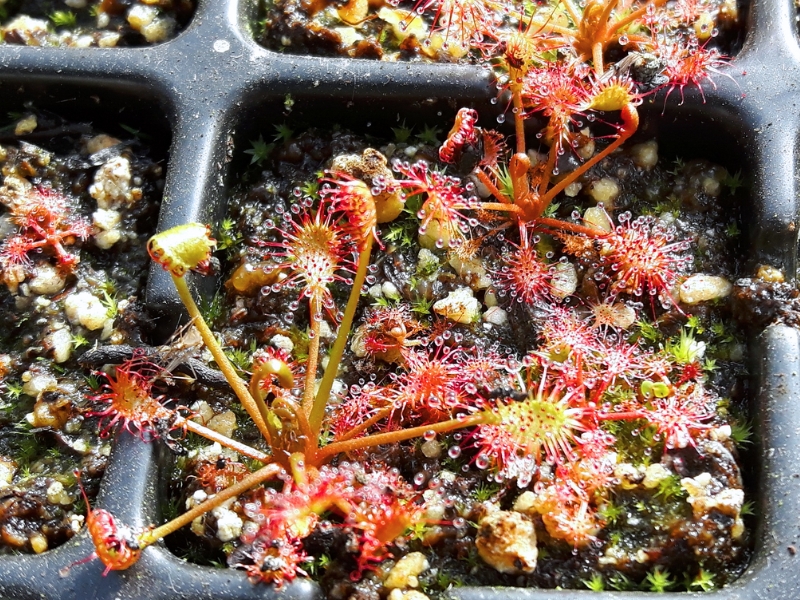
II. How to Grow and Care
Roundleaf sundew is a carnivorous plant adapted to nutrient-poor environments. Key care points include maintaining high humidity and ensuring the soil is consistently moist with distilled or rainwater. As a special care note, roundleaf sundew requires a winter dormancy period with cooler temperatures and reduced watering to mimic its natural habitat.
Sunlight
Roundleaf sundew thrives in full sun conditions, where it can bask in the sunshine for most of the day, optimizing its growth and health. When exposed to direct sunlight, the intensity boosts its photosynthetic capability, and the duration ensures sufficient energy for capturing prey. However, roundleaf sundew displays resilience to partial sun, tolerating lighter shades although with potential reduced vigor and slower growth. In its natural habitat, roundleaf sundew adapts to changing light by altering leaf orientation and pigment intensity. It’s recommended to plant roundleaf sundew outdoors in spots where they can receive unfiltered sunlight, avoiding densely shaded areas that could impede their insectivorous activities.
Watering
Thriving in its native boggy marshes, roundleaf sundew has adapted to environments with high humidity and consistent moisture. This carnivorous plant exhibits a preference for damp conditions, maintaining its water balance through both atmospheric humidity and soil moisture. Its watering regimen should reflect this affinity for wetness, requiring hydration twice a week to mimic the moist habitat it originates from. Typically grown outdoors due to its need for a naturalistic setting, roundleaf sundew is an evergreen species that relies on constant water availability to support its insect-trapping mechanisms throughout the year.
Soil
Roundleaf sundew requires a well-draining, acidic mix, mimicking its natural bog habitat. A blend of 1:1 sphagnum peat moss to perlite provides ideal aeration. If peat moss is unavailable, use coconut coir but monitor for slightly higher pH. Ensure the mix avoids water-logging. Refrain from adding fertilizers or conditioners; roundleaf sundew’s carnivorous habit supplies necessary nutrients.
Transplanting
The optimal transplant period for roundleaf sundew is early spring to late summer or S1-S2, as this ensures strong growth post-transplant. The plant thrives in full sun to partial shade areas with moist, acidic soil. When transplanting, ensure the roots are well-covered to promote growth.
Repotting
For the petite carnivorous roundleaf sundew, repot every 2-3 years to promote healthy growth. Early spring, just before active growth, is ideal. Choose shallow, wide containers to accommodate roundleaf sundew’s short root system. Use a peat-sand mix. Post-repotting, maintain high humidity and avoid fertilizers, respecting roundleaf sundew’s unique care needs and natural nutrient acquisition through insect digestion.
Find Where to Buy the Best Round-Leaved Sundew (Drosera rotundifolia)
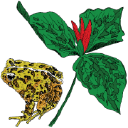
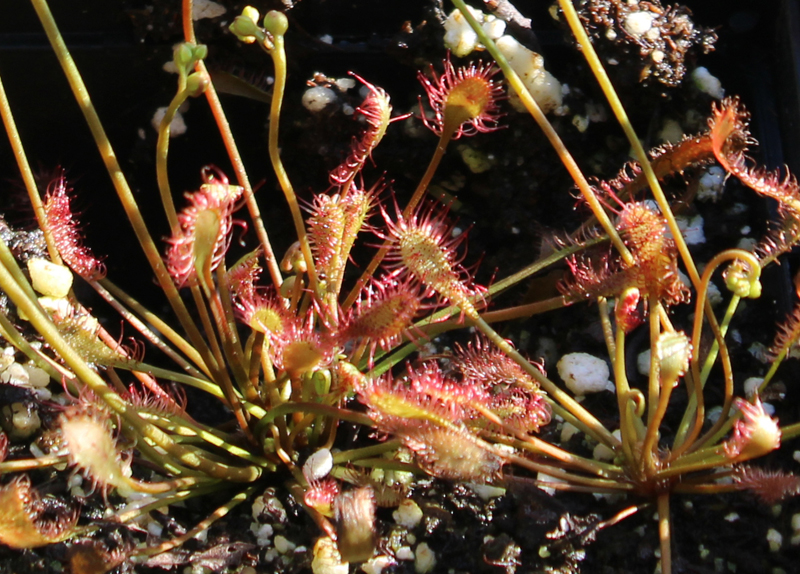
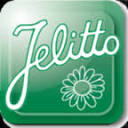




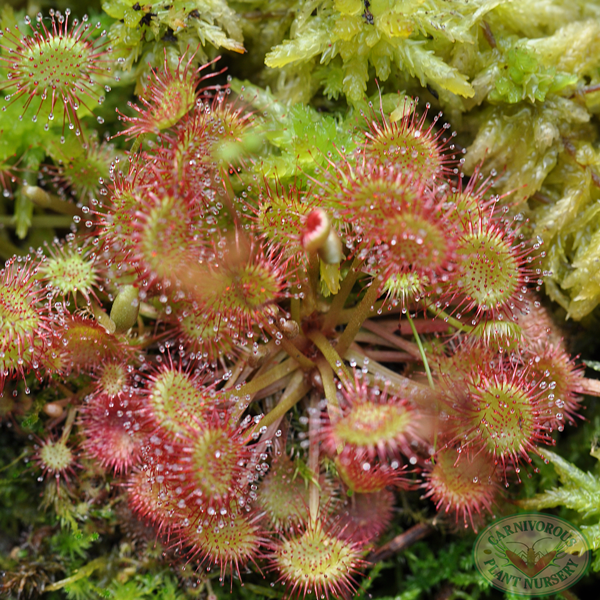
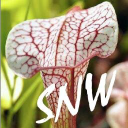

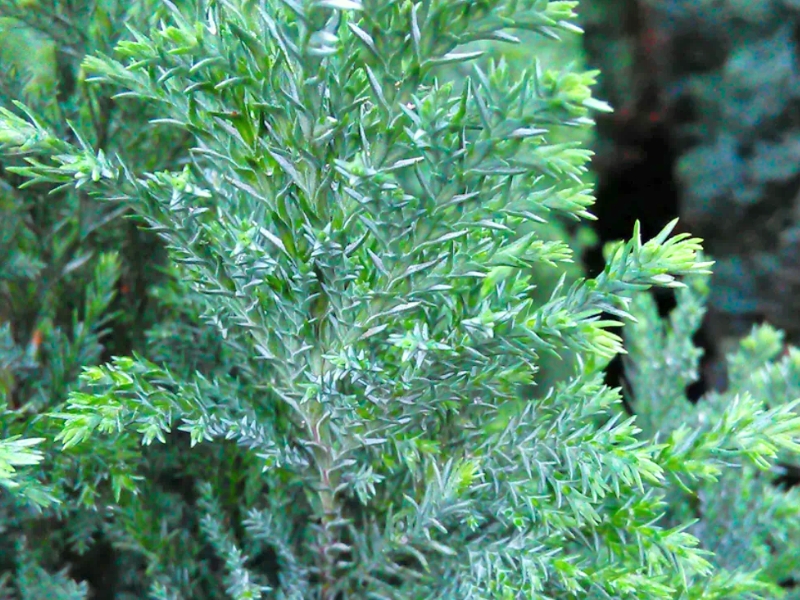
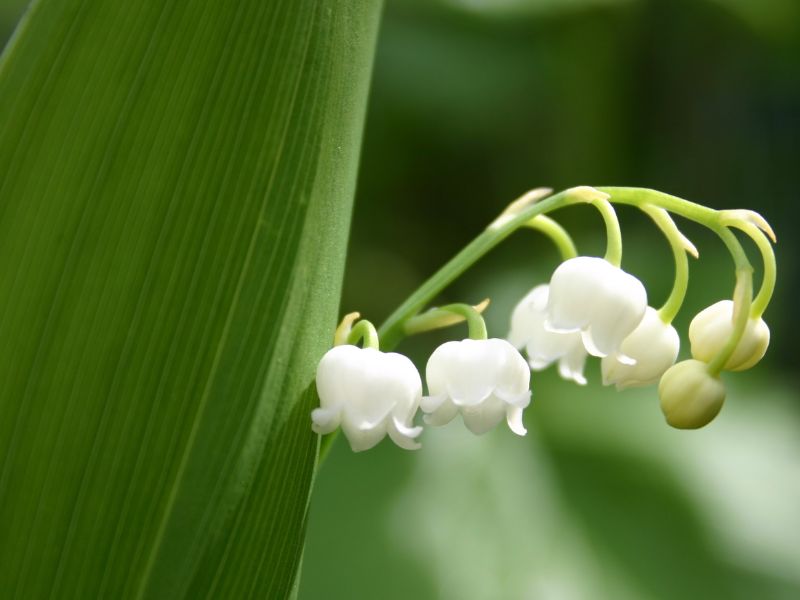
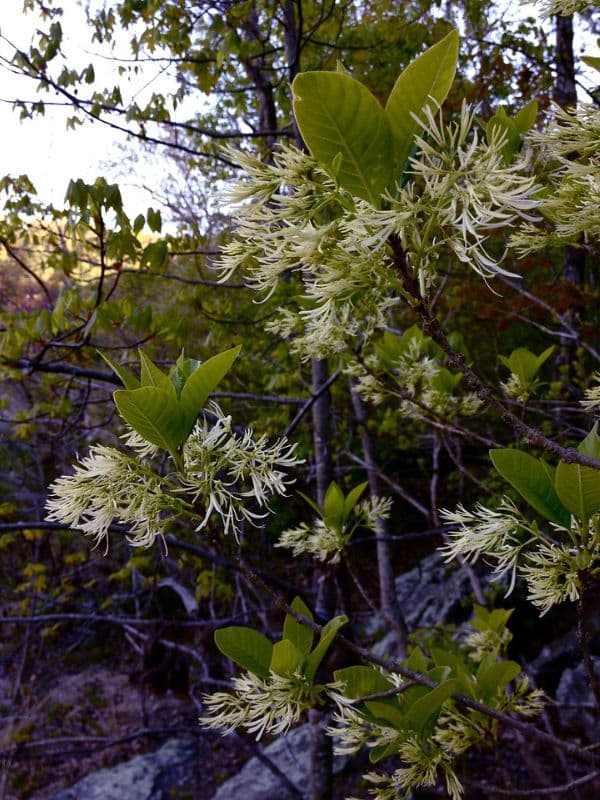
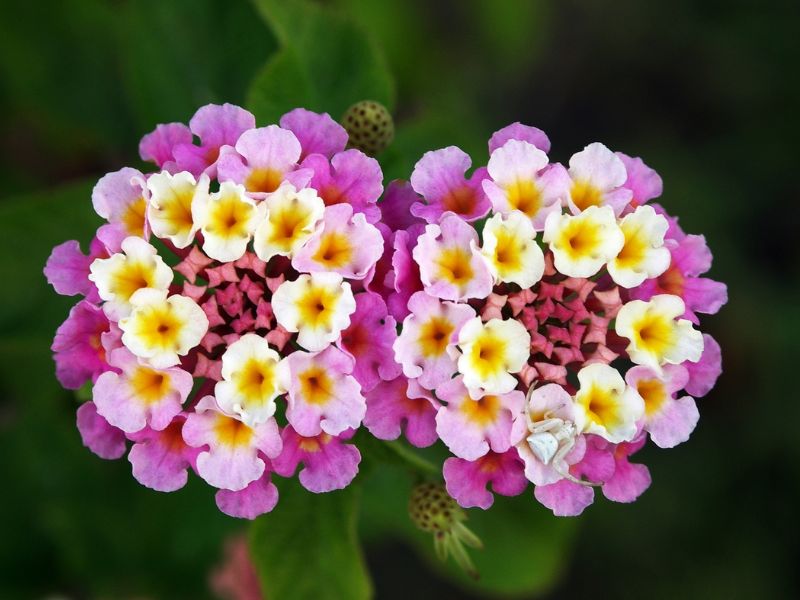
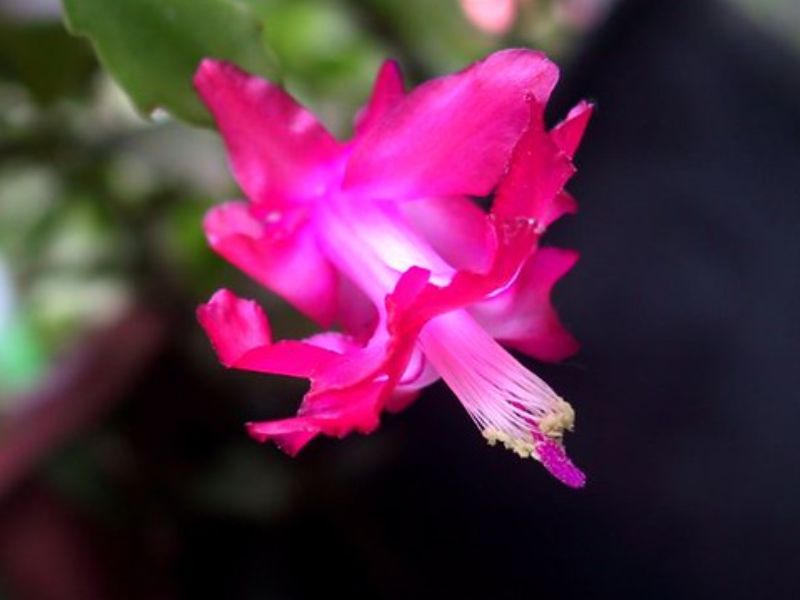
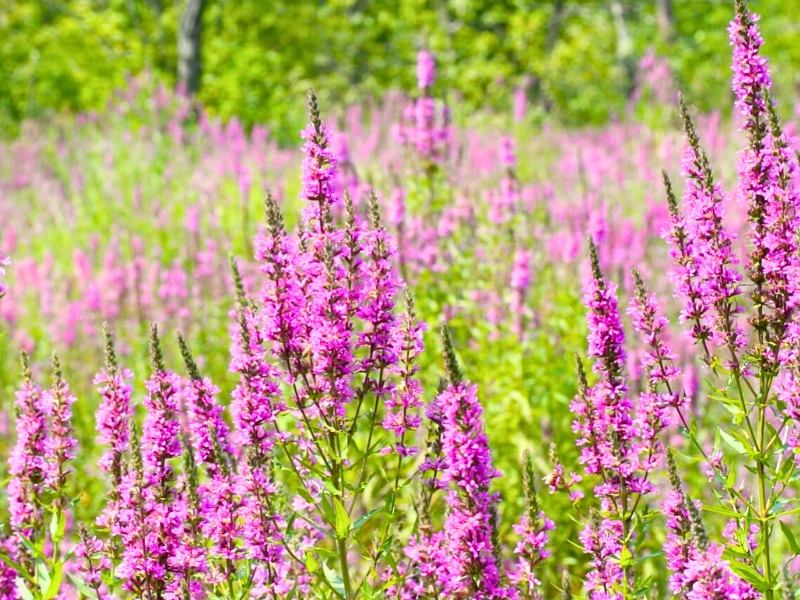
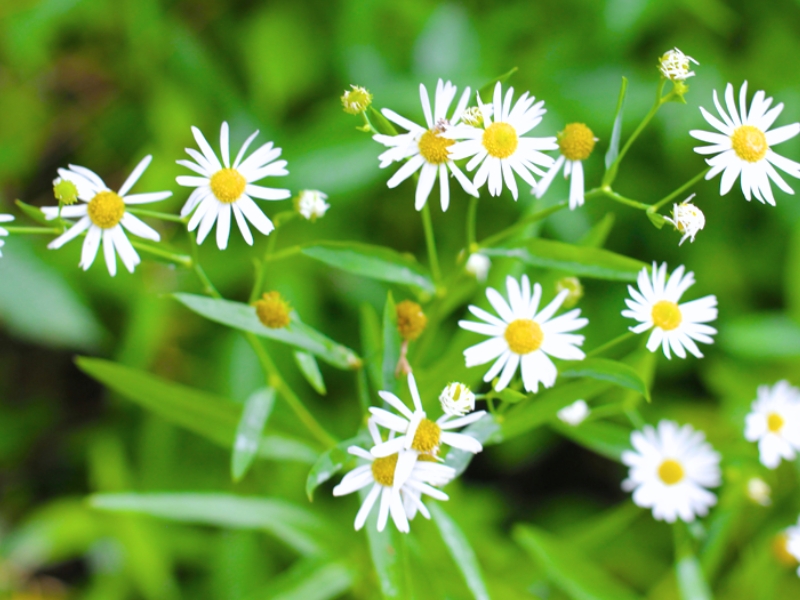
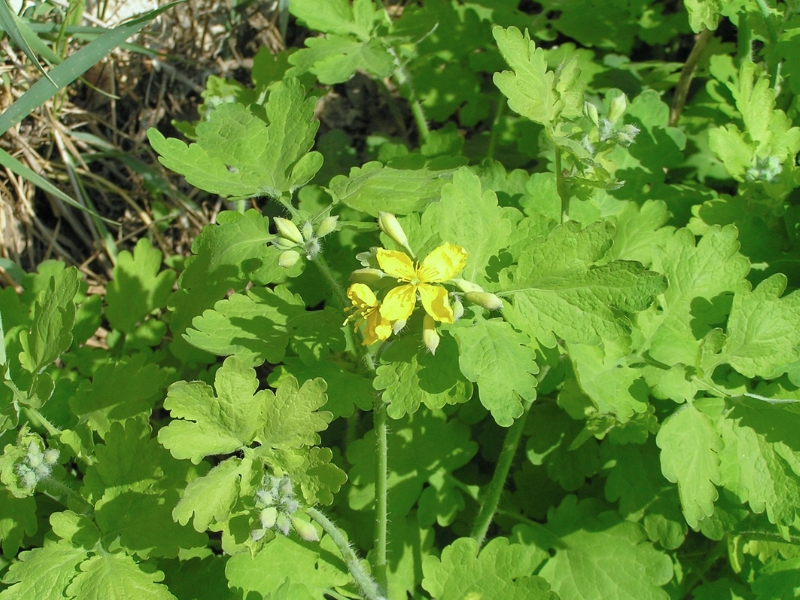
Leave a Reply